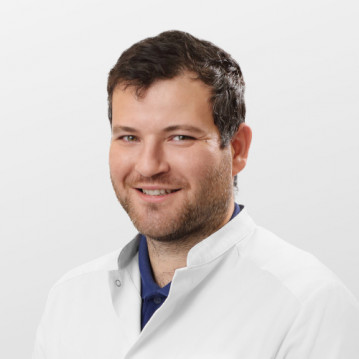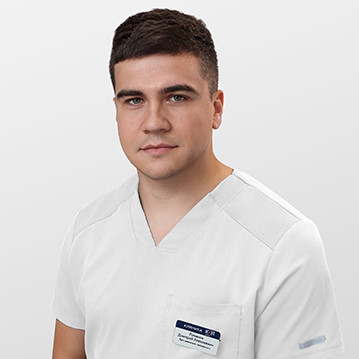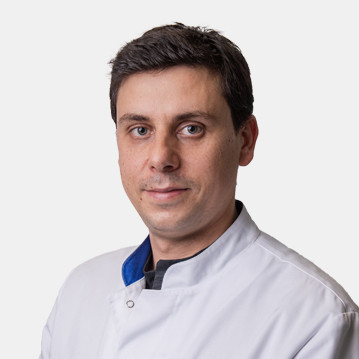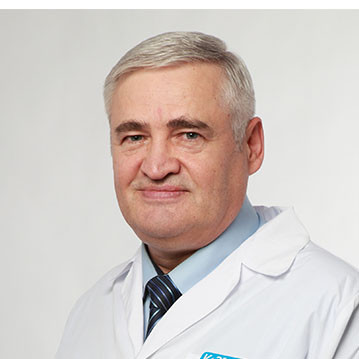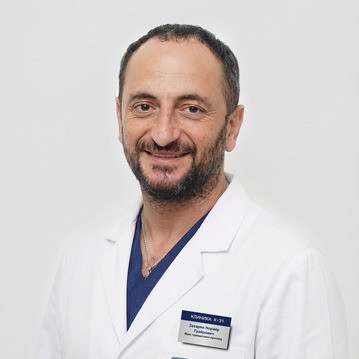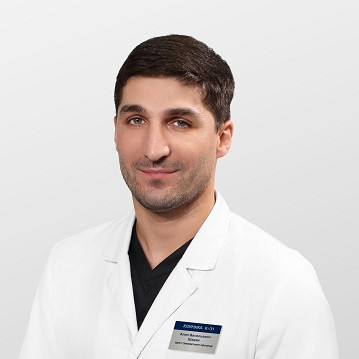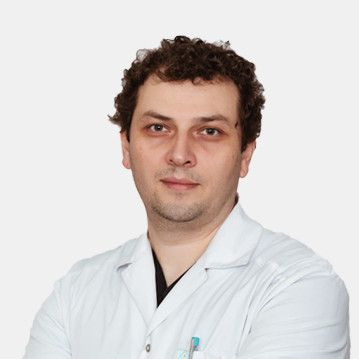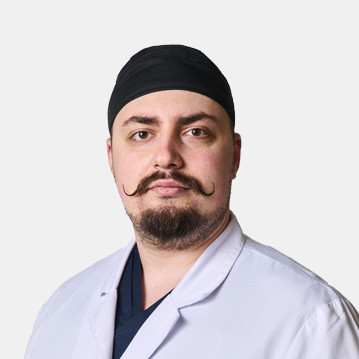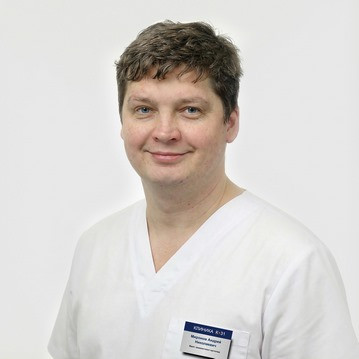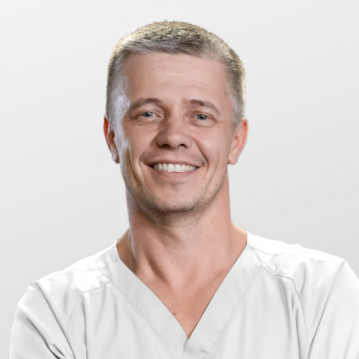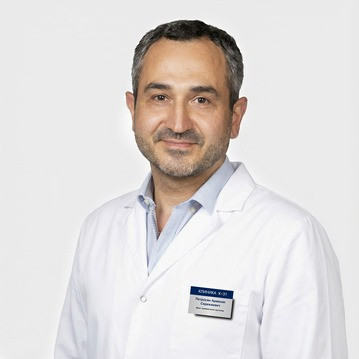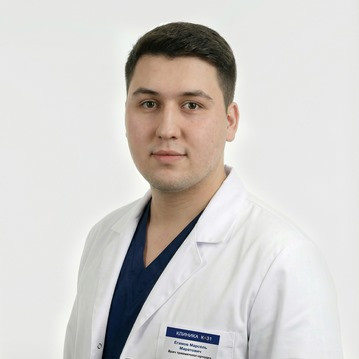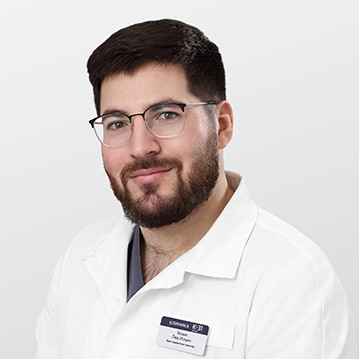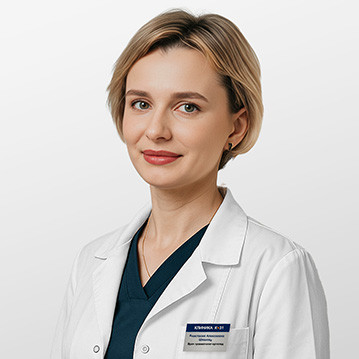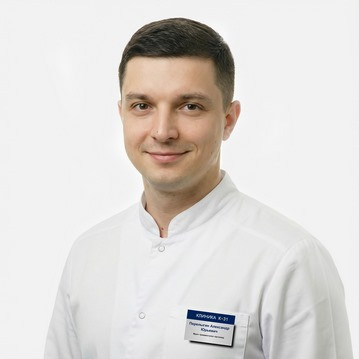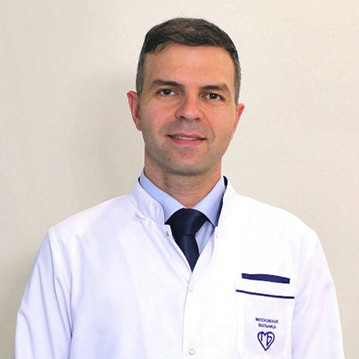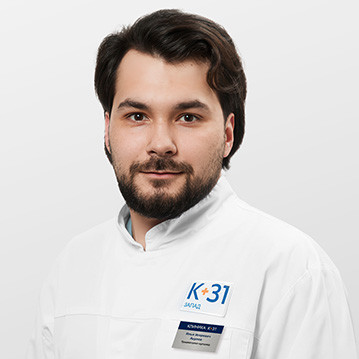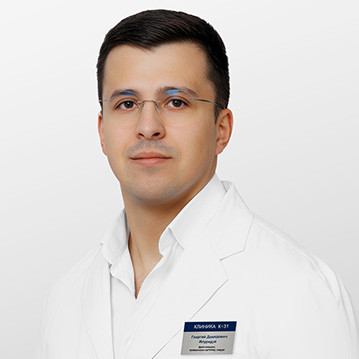Taping is the use of special tapes (adhesive-coated cloth patches) that promote proper muscle and joint function, relieve pain and improve the metabolism of adjacent tissues. Such therapy is considered one of the most effective methods of oriental medicine, used in the treatment of diseases and injuries of muscles and ligaments. She appeared in Japan. Today, medical kinesio tapes are used for taping. You can sign up for the taping procedure by contacting the specialists of our clinic.
Appointment of kinesio tapes
Professionals in the field of taping distinguish several techniques, which depend on the disease diagnosed in the patient and the desired effect.
The lymphatic method provides for the installation of tapes in such a way that the skin is pulled back and free space is formed under it. This allows you to accelerate the microcirculation of blood and lymph, which will help to quickly relieve inflammation.
Functional taping is aimed at regulating muscle tone. Thus, you can increase the load on them or reduce it if necessary. There is also a separate type of taping aimed at restoring ligaments damaged as a result of injuries or in the process of recovering from surgery.
Tapes provide an effective solution to the following tasks:
- reduction or complete elimination of pain;
- restoration of lymph outflow and blood circulation;
- ensuring freedom of movement during sports.
